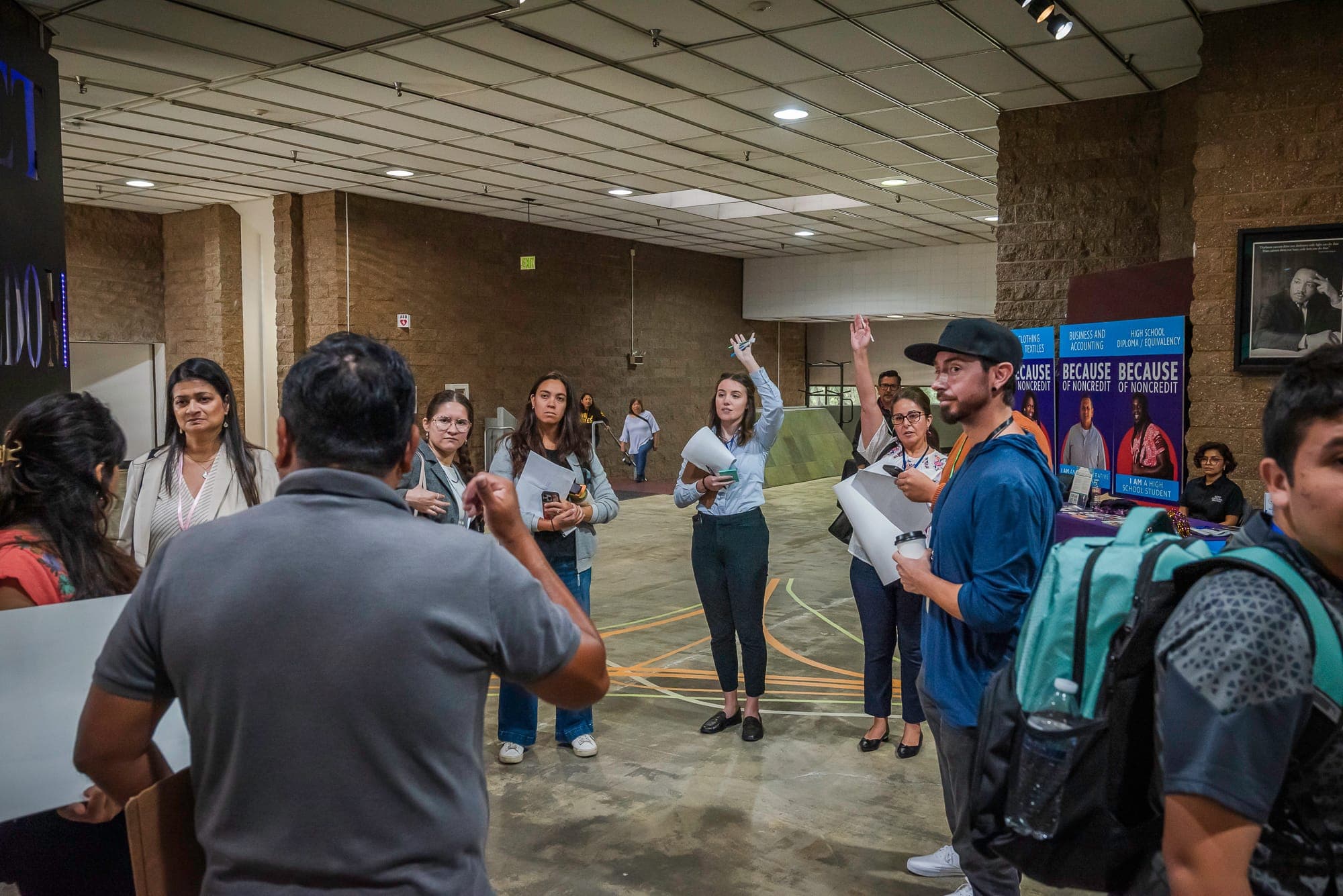Case Studies
By examining metropolitan areas' walkability through the Foot Traffic Ahead ranking, the Social Equity Index, and Future Momentum, we can assess how regions benefit from walkable urban spaces. Larger, costly regions should enhance walkability by investing in affordable housing and infrastructure. Meanwhile, smaller cities can enjoy walkable areas but must protect affordability while improving transit and reforming zoning policies.
Spotlight:
Cleveland, OH
Cleveland is the most racially diverse city in Ohio being approximately 47% black, 39% white, 11% Hispanic, and 3% Asian. Although the greater Cleveland region hosts a wide dispersion of demographic groups, the population in WalkUPs are similar in terms of income and race with the median household income hovering around $32,000 per year across all demographic groups. Cleveland’s transportation network also serves a range of demographic groups. Conversely, the affordability of the city extends from the center city to the outer rings of the surrounding sub-urban areas. Although Cleveland does not rank in the Top Eight in our Foot Traffic Ahead Index, instead falling into the middle of the pack, the city ranks highest in our Social Equity Index due to its accessible walkable areas and well-connected bus network that serves a wide range of communities.
Spotlight:
Portland, OR
The Portland region is one of the most expensive places to live in the U.S., with the City of Portland having an average rent of $2,500 per month and an average home price of $430,000. Portland’s transit network is well-connected in the central city but does not serve the outer urban rings, which tend to include comparatively more affordable housing. Portland is also one of the least diverse cities in the U.S. with 75% of the population being white, 10% Hispanic, 6% Black, and 9% Asian. Portland falls in the top tier in our Foot Traffic Ahead Index because of its extensive amount of walkable areas, even outside the inner urban core. The city ranks poorly in our Social Equity Index because this walkability is not proximate to and does not serve a wide range of demographic groups, catering mostly to largely white moderate and high-income households living close to the center city. People of color, low-income individuals, and people without a bachelor’s degree tend to live further from walkable urbanism in this region than other people.
Spotlight:
New York, NY
New York City has a cost of living is 80.4% higher than the national average, a median rent just over $3,000 per month, and an average home price of about $630,000. The median household income in New York is approximately $67,000, hovering just below the national average of just over $70,000 per year. If the cost of living is so high and the average income disproportionately low in New York, why did it rank so well in our Social Equity Index? The main reasons for New York’s position are its far-reaching transit network and its accessible walkable areas. New York is an extremely diverse city with 41% of the population being white, 29% Hispanic, 24% Black, and 14% Asian. The city’s population, 56% of which uses New York’s extensive public transit system every day, is well-served by 656 passenger miles, meaning that diverse communities can access the opportunities within walkable areas without relying on car ownership. In many ways, New York is a special case: despite its overall high cost of living, the city outperforms many others in terms of connectivity and proximity to walkability for its diverse population.
Spotlight:
Los Angeles, CA
LA is an extremely diverse city with 49% of the population being white, 48% Hispanic, 12% Asian, and 9% Black. The city also has a wide dispersion of walkable places, much of them connected via transit network comprising a metro, bus lines, and a plethora of scooter and bike-sharing services. For these reasons, LA ranked eighth in our Foot Traffic Ahead Index. Despite these characteristics, LA is one of the most inequitable metros in terms of income and affordability. The median cost of a home in the LA metro region is over $670,000, with an average monthly rent of around $1,500. Discrepancies in income are observed between downtown LA and the surrounding metro region. Average household income in neighborhoods outside of the downtown core but still in proximity to walkability—places like South Pasadena and Beverly Crest—fall in the $80,000-$100,000 per year range. Neighborhoods in the center of downtown LA fall far below these income levels, with average median household income in places like West Lake and Florence hovering just above $25,000 per year. These variances in income are highly correlated with race; the lower-income groups living in center-city neighborhoods fall into minority groups while higher-income groups along the outskirts of downtown LA are majority white. Given these patterns, LA falls last in our SEI rankings.
Spotlight:
Tampa, FL
Tampa ranks near the bottom of both our Foot Traffic Ahead and SEI Indices but claims the number one spot in our Future Momentum Index. The city has a fairly interconnected walkable street network, especially along the waterfront and throughout downtown, but this network does not extend to the areas outside of the downtown core. Transit access in Tampa is limited, and routes do not extend outside downtown. Although Tampa is not currently one of the most walkable metros, it has the potential to support increased walkable development. Between 2000 and 2017 Tampa’s downtown population grew by 36%, outpacing the 17% average for other downtowns across the country. Additionally, the Tampa metro region is quite diverse, with a downtown population that is 50% white, 30% Black, and 20% Hispanic or Latino. Mixed-use development in the Tampa metro region has had renewed interest from both city officials and investors as demand pushes the real estate market toward walkability.
Photo by Liz Ligon / Union Square Partnership

© 2026 Smart Growth America. All rights reserved
Site By3Lane Marketing









